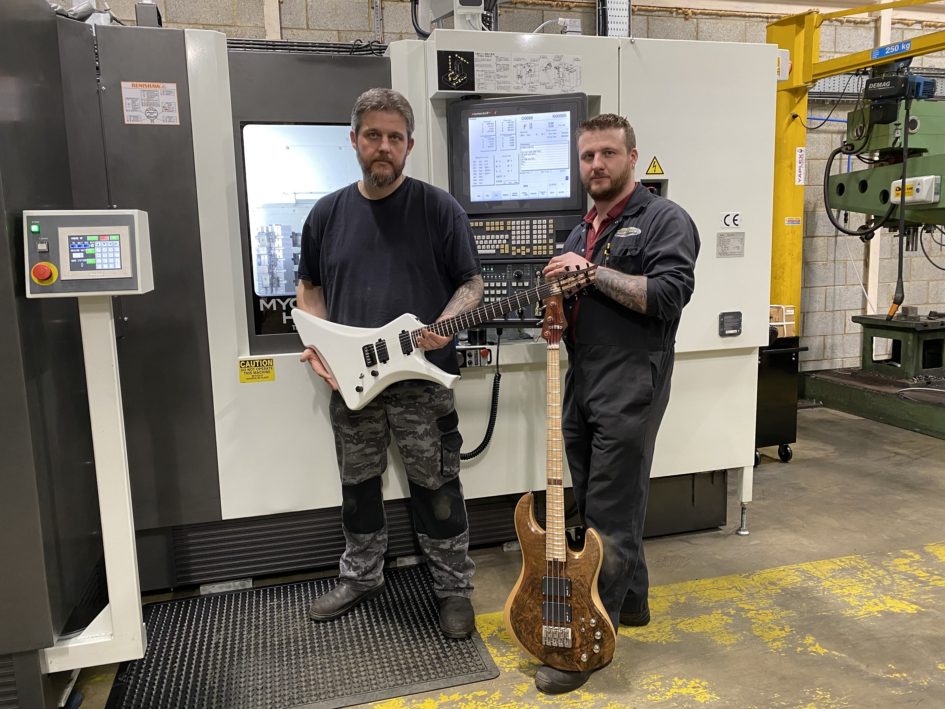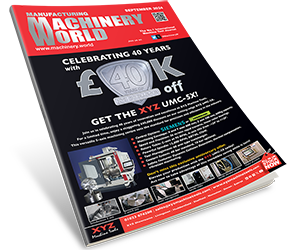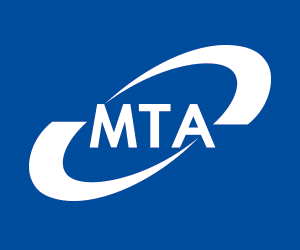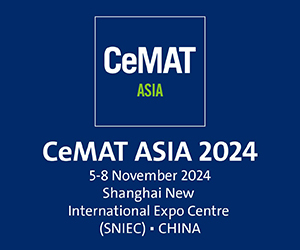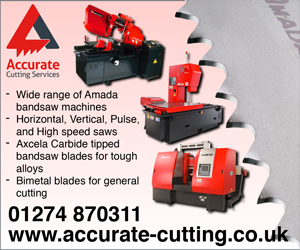Now in its 17th year of business, Hi-Spec Precision Engineering Ltd has evolved from a small start-up business to an established subcontract manufacturer that has fully embraced the latest CNC technology and more recently automation technology to drive growth and productivity.
The Market Overton company has evolved over the last decade to encompass everything from conventional and CNC machining to grinding, lapping, honing, welding and fabrication, hydraulic pressure testing and assembly with 14 CNCs now on the shop floor. As part of the journey, Hi-Spec has invested in automation. The first move was investing in barfeed equipment for its turning centres, more recently robotic loading/unloading for machining centres and now, a 10-pallet Kitamura Mycenter HX250iG horizontal machining centre from Dugard. In the last four years since starting the automation journey, Hi-Spec has lost staff due to retirement and now, the 8-employee business is more productive than ever. Despite having employees in non-production roles such as admin, inspection and fabrication, the turnover to staff ratio per employee was once 8%, this is now 16% and the arrival of the multi-pallet machine will only increase this profitability further.
The workload at Hi-Spec encompasses everything from agriculture and aggregate, construction, motorsport, fluid power and electric guitars. The components at Hi-Spec include hydraulic valves and cylinders through to equipment for the quarry and aggregate industry, producing anything from prototypes and small batches up to production runs of 10,000+. The company is also renowned in the music industry manufacturing custom precision-crafted electric guitars. The company claims to be the only UK manufacturer and sales outlet for precision guitar components such as guitar and bass bridges and spares, control plates, pick-up screws, neck ferrules and screws, pick-up surrounds and more. The components that are sold worldwide can now be manufactured on the Kitamura Mycenter.
Commenting on the reasoning behind investing in such a high-quality machine tool, Hi-Spec Precision Engineering Ltd Managing Director, Mr Darren Grainger says: “The milling work has increased a lot over the last year and the cycle times are getting longer with more complex components. This means that some jobs can tie a machine up for 1 to 2 weeks at a time, so we needed to look at some way of getting higher production rates and more unmanned hours. Horizontal machining centres are known as production machines, and it seemed like an obvious choice. The 10-pallet pool is the icing on the cake.”
A typical example of why the company needed to invest in the multi-pallet machine has already been identified by Mr Grainger, saying: “We have one order for 300 parts that is about to arrive and each part requires two operations of more than 30 minutes each. This order will tie up one machine for four weeks doing the first operation and another four weeks completing the job with the second operation. On the Kitamura machine, we will be able to reduce this cycle time from eight weeks to less than two weeks. This order is only one in a family of five or six variants that we regularly receive in similar volumes. Some of the parts take up to one hour per operation. This type of work can tie-up a single machine for up to 3 months – and this is why we needed the multi-pallet Kitamura.”
As a company with a diverse plant list that consists of a variety of different machine tool brands, the Rutland company opted for the Kitamura from Dugard, regarding this, Darren continues: “The first thing that attracted me with the Kitamura was the compact footprint. Like many machine shops, we have a little bit of a space issue, and for a horizontal machine, this is absolutely tiny. It is perfectly adequate for the components we produce and it slots right into our facility.”
Alluding to the components that will be put on the machine, Darren says: “The parts going on this machine will range from 10-off up into production runs in the hundreds. We have kitted the machine out with Microloc tombstones and vices, so we will be able to put multiple jobs on the machine in various sizes and batch numbers and then schedule it through the shop floor. This is adding highly-productive unmanned automated manufacturing to our company.”
Looking closer at the Kitamura brand, Darren states: “Whilst we haven’t had a Kitamura machine before, everyone knows they have an excellent reputation. The build quality is outstanding and the base is all hand scraped for precision. The spindle speeds and the power levels are all perfect for us. We have gone for a 30-taper spindle with 15,000rpm, an ATC of 102 tools, the 10-pallet automation, mist extraction, Renishaw spindle and tool probes and much more. The probing will be very important for checking tool breakage when we are producing M2 and M3 tapped holes and running small tools, especially when we run lights-out.”
This capability may be somewhat of an understatement from the new owner of the 4-axis Kitamura Mycenter HX250iG. This is because the Kitamura machine offers industry-leading rapid feed rates of 60m/min and a pallet change time of fewer than 8 seconds and tool changes in less than a second. The precision level is epitomised by the 4th axis 0.001-degree table indexing that has a positional accuracy of +/-2 arc/sec. This is complemented by a positional accuracy on all linear axes of +/-0.002mm with repeatability of +/-0.001mm.
The compact machine provides X, Y and Z-axis travel of 305 by 305 by 350mm with full 360-degree B-axis rotation and a powerful 11kW spindle motor that offers the perfect blend for both heavy material removal rates and high-speed cutting of small to medium-sized components. Quality is instilled throughout the machine with high-resolution built-in encoders, double roller linear guideways, dual contact spindle and the groundbreaking Arumatik-Mi CNC control system that incorporates 67million pulse encoder technology and 8,192 block look-ahead capability.
The pandemic has created obvious challenges for manufacturers and machine tool builders with regards to restrictions on travel as well as reduced engineer availability through furlough, short-time working and health and safety restrictions. The innovation and technology behind the Kitamura Mycenter HX250iG from Dugard eliminates this issue. As Darren continues: “We have a camera on the control panel of this machine. This allows both Kitamura and Dugard to dial into our machine for any maintenance issues and even training purposes. If there should ever be an issue with the machine, the experts can instantly dial into the Mycenter HX250iG and investigate and resolve any issues.”
“When it came to the demo and training via Zoom, it was all done with the camera on the machine. Unfortunately, we couldn’t go to the Dugard showroom in Brighton to see the machine due to Covid restrictions, so it was really good to link up through this level of technology and complete all our training at our facility.”
Alluding to what the machine will provide the East Midlands manufacturer in the future, Darren concludes: “It’s going to allow us to concentrate on multiple jobs at one time, rather than setting a vertical mill to do one job and run it until it’s finished. Now, we can schedule pallets and jobs into the workflow. So, if a customer shouts that they need a job urgently, we can drop a pallet into the schedule on the Kitamura and get parts out to the customer to keep them happy – then we can revert to our normal schedule. I’m excited about the potential of this machine, I think it is going to be a good move for our business.”


